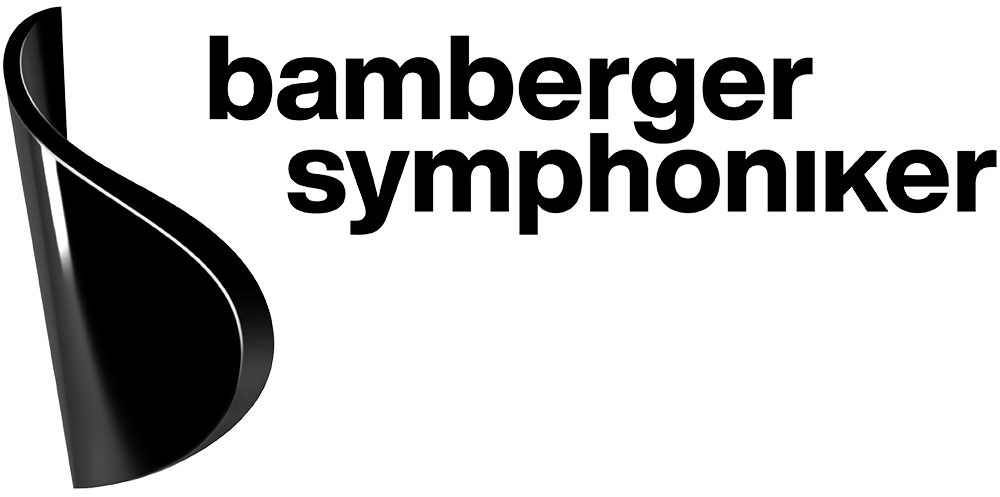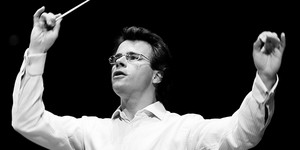
Bohemian Sound - Bamberg Sound
Where does the Bamberg Symphony's »Bohemian sound« actually come from? The first clue lies in the story of our birth: our sound does not simply date from 1946, when members of Prague's German Philharmonic joined other refugees from the war to found Bamberg’s Orchestra. Still, you can catch an echo of those exiles from Prague today: from the start, those players brought their musical experiences of home into the new Orchestra, and handed them on to others.
Our »Bohemian sound« also roots us in a tradition which saw music-making practised every day, as a means of communication and expression. In fact, Bohemia was always known as a culture in which such musical conversation – animated, joyous and pleasurable – was just part of life. The »Bohemian Sound«, then, isn't simply a sound. It’s a musicianly way of life, one we have affirmed ever since our foundation and renew through each new generation, by virtue of playing together.
In the meantime, Bamberg has had its Orchestra for over 70 years, and we can now say for sure there's a »Bamberg sound«. One of the foundations of our »musical accent« – literally – is the concert hall which has been our home since 1993. Just a few years ago, the acoustics of the Joseph Keilberth Hall were improved. For instance, approximately half the steel girders supporting the stage were removed. Now the low frequencies of the cellos and double basses register far better, enhancing one of the physical properties of the »Bamberg sound«, without which it is inconceivable: a dark, sonorous depth, lending the sound of the whole Orchestra a wonderful stability.
This quality can easily be appreciated, for instance, in our recent recordings of Schubert and Mahler, all made in the Joseph Keilberth Hall. They radiate that same sound, at once dark and glowing, so characteristic of the Bamberg Symphony – a sound that maintains its many-hued lustre across the range of works we play. Typically these are the canonical symphonies after Beethoven, from Franz Schubert, Robert Schumann and Felix Mendelssohn, through Antonín Dvořák, Johannes Brahms and Anton Bruckner, up to Gustav Mahler.
Yet today our repertoire would not be complete without the 20th and 21st century music which has become so important to us: from compositions by Mahler, Béla Bartók and Igor Stravinsky to those of Pierre Boulez, György Ligeti, Helmut Lachenmann and Wolfgang Rihm, not to mention younger composers such as Matthias Pintscher and Jörg Widmann.
The sheer breadth of our repertoire points up the need for us to adapt the way we sound to the music we play. But it also presents is with a challenge, not to surrender the very recognizable sound we call our own. The Joseph Keilberth Hall gives us the ideal environment in which to foster the »Bamberg sound« which we take with us on our travels throughout the musical world.
Now in the third and fourth generation since our foundation, we also make music because we enjoy communicating with each other through this sound. Depending on who is conducting, and what is on the stands in front of us, this »Bamberg sound« can often be quite different. It hasn't remained static over the decades. How could it? This sound is not simply a given, something we've supposedly always possessed by virtue of our origin. Quite the opposite: it is our legacy, which we constantly strive to live up to, since it's very much for this sound that we are so admired, in Bamberg and throughout the musical world, in Europe, the USA, South America and the Far East.


